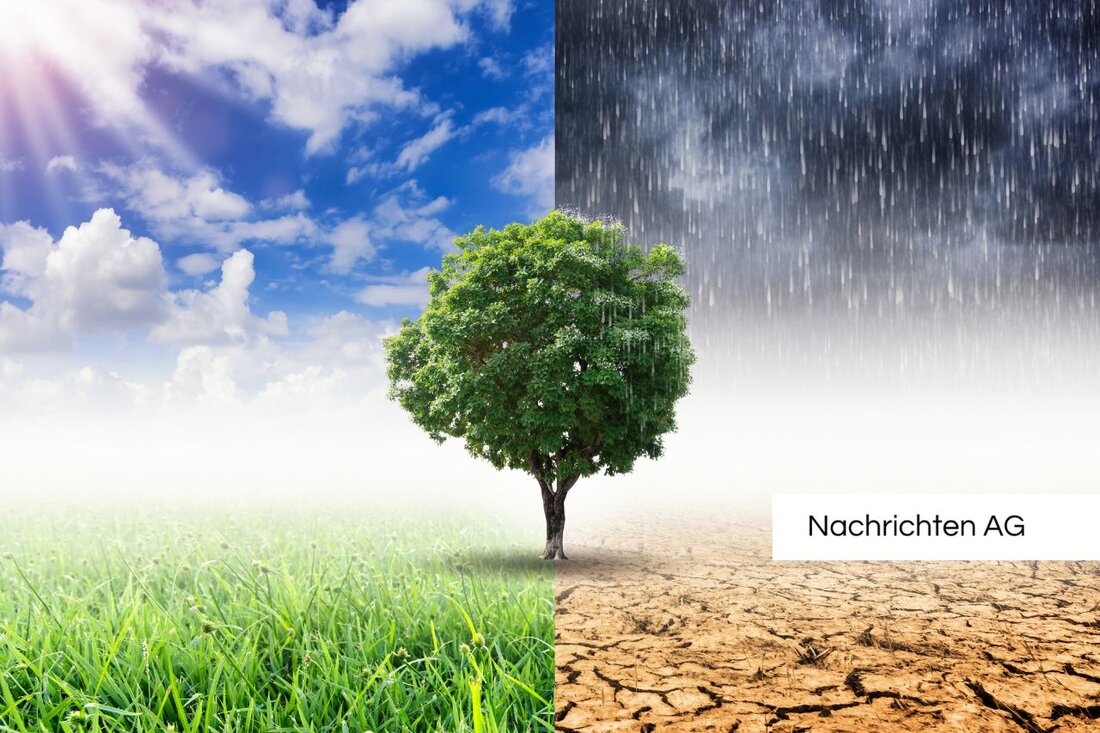Stuttgart on the way to climate neutrality: Balance shows progress!
Stuttgart on the way to climate neutrality: Balance shows progress!
Stuttgart impressively shows what it means to rely on climate protection and the future of our cities. Because the current energy and climate protection report, which has been published annually since 2012, makes one thing clear: progress in the state capital is on the right track. The report contains CO₂ data for 2023 and evaluates the ambitious goals that are to lead to climate neutrality by 2035. According to [stuttgart.de] (https://www.stuttgart.de/service/aktuelle-meldungen/2025/juli/klima Zwischenziel-erreicht-stuttgart-Veroefficht-aktuellen-energie- und-Klimaschutz report.php), important milestones were reached.
A decisive factor for this positive balance is the introduction of the plus energy standard for new urban buildings. In addition, existing buildings are renovated energetically. The increasing urban CO₂ price of currently 305 euros per tonne also focuses on renewable energies and the decarbonization of electricity and heat supply. All of these measures have led to a high demand, which has an impact on energy consumption and the use of renewable energies.
Successful reduction of emissions
The municipal energy management, which has existed since 1977, shows its effect. The heating energy consumption of urban properties was reduced by an impressive 49.2 percent. This saving corresponds to the annual requirement of around 22,000 four-person households. Compared to 1990, consumption is now over a third lower. Even though the electricity consumption has increased since 1977, CO₂ emissions have significantly reduced due to the connection between green electricity and biogenic gas. Success is clear: emissions in urban properties were reduced by more than 75 percent compared to 1990
However, the adjacent metropolitan regions also have to deal with their emissions. [KLUMPAKT2030PLUS.de] (https://www.klimapakt2030plus.de/aktionfelder/Politische-ketelergie-governance/energie-und-breibhaus gas balance) emphasizes that the greenhouse gas emissions in the Nuremberg metropolitan region have to be reduced much faster in order to achieve the climate goals. In the period from 2017 to 2022, a reduction of 33 percent was achieved compared to 1990, while the economic growth was not neglected.
growing proportion of renewable energies
Another ray of hope is the increasing proportion of renewable energies. In the metropolitan region, this is already 57 percent, which is above the national average of 50 percent. For heat supply, the proportion is a good 17 percent, which corresponds approximately to the national average. However, in order to achieve the climate goals by 2040, the annual CO₂ reduction must be increased from currently 3.7 percent to 5.1 percent, as the analysis of current developments shows.
The challenges are great. In the summer of 2021, the IPCC updated the remaining CO₂ budget for global warming of a maximum of 1.5 degrees Celsius. According to [Energie-experten.org] (https://www.energie-experten.org/erneuerbare-energien/Energiewende/klimaneutralitaet, Germany has a suitable CO₂ budget of around 7.8 gigatons, which, however, only lasts until 2021. In order to actually achieve the climate neutrality, everyone involved must work in hand and find innovative solutions.
Overall, the energy and climate protection report by Stuttgart shows impressive progress and a clear course towards sustainability. With the right measures and a committed population, the state capital could actually become a role model for other regions-and not only in Baden-Württemberg. The coming years will be crucial to make the ambitious climate goals reality.
| Details | |
|---|---|
| Ort | Stuttgart, Deutschland |
| Quellen | |


Kommentare (0)